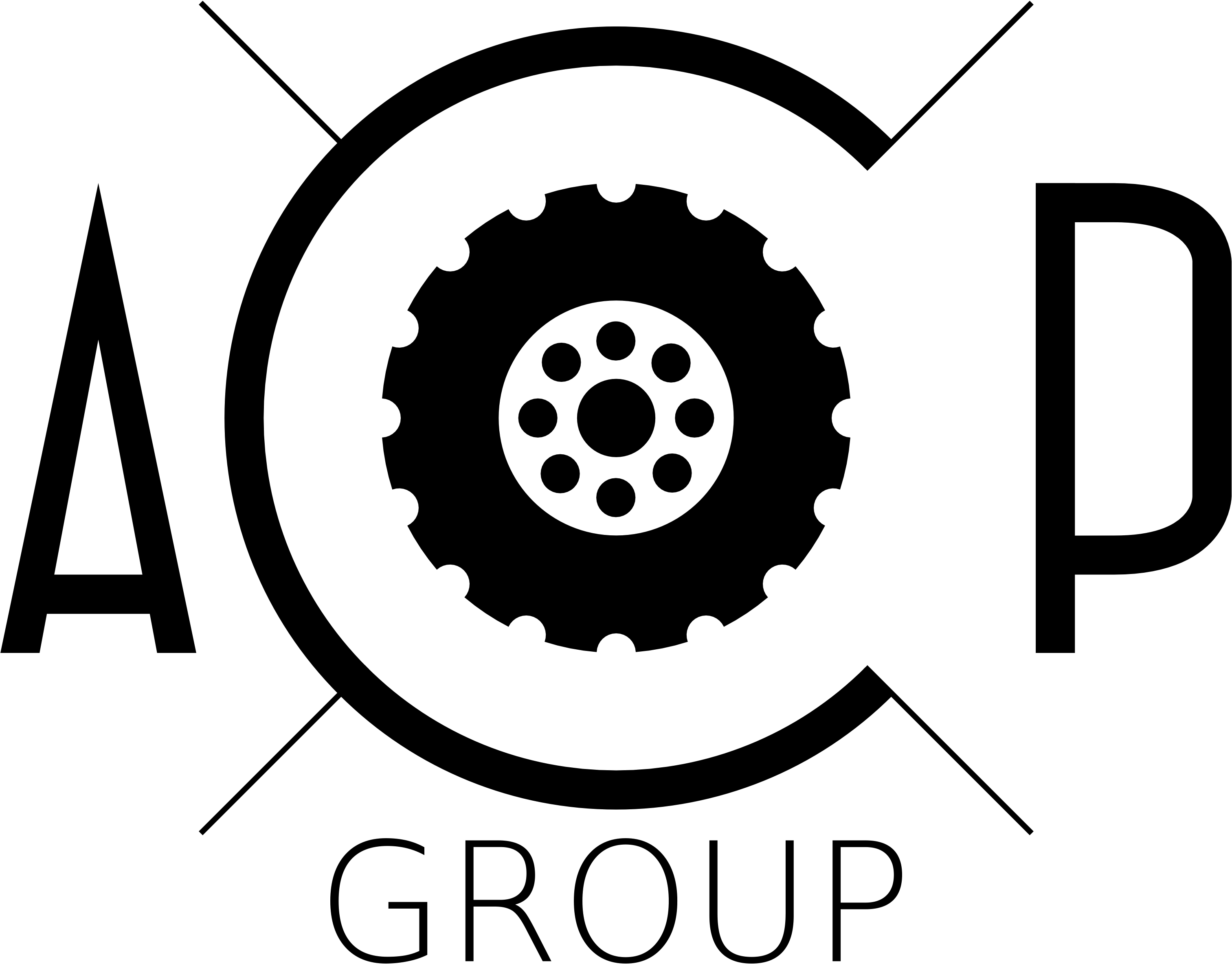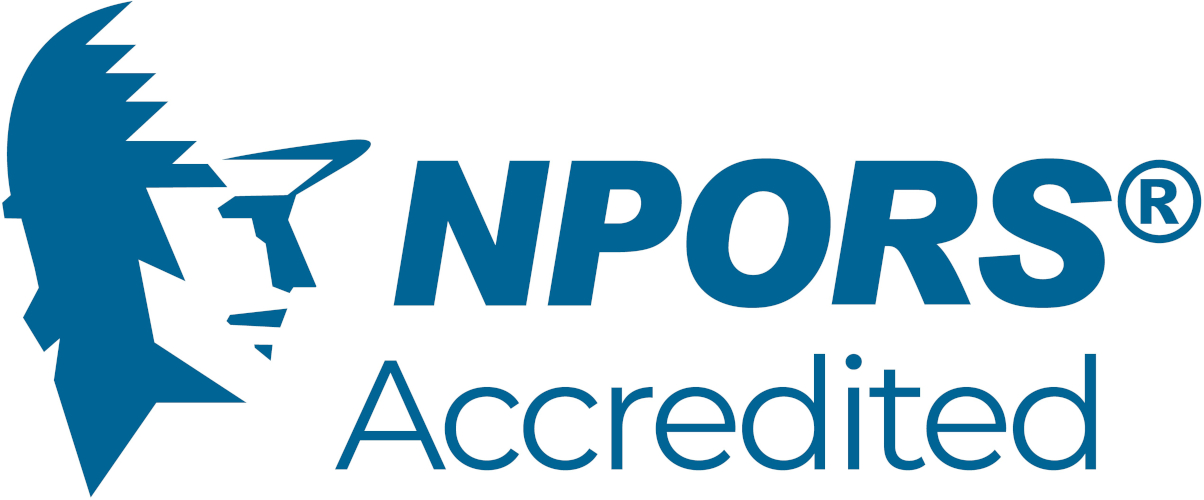Here are the theory test questions for A77 Telescopic Handler 360 slew.
During the theory test you'll be asked a maximum of 40 questions.
Please note that your paper will include all the questions we have marked here with an asterisk *. In addition you will have a random selection of the other questions that are not marked here with an asterisk.
These questions will appear on every A77 paper
Name FOUR factors to consider and know before picking up a load. (4 marks)*
An operator has to travel a tele-handler on the public highway, for which the road traffic act applies. List SIX requirements that must be followed. (6 marks)*
Name SIX possible proximity hazards that may be encountered on site when travelling with a load. (6 marks)*
Before undertaking any suspended load lifting duties, what TWO factors should the telehandler operator check with their supervisor before work starts? (4 marks)*
Why should the standard load chart for fork operations not be used for suspended load operations? (2 marks)*
List FIVE factors that must be taken into account by the operator if a load is to be travelled across a site. (5 marks)*
a) In what circumstance can the machine’s boom be extended for pick-and-carry/travelling duties and b) what must be taken into account if it needs to be extended? (6 marks)*
When picking up a suspended load, what constitutes the total weight that is to be lifted by the machine? (2 marks)*
a) What is the purpose of a lift plan and b) when would one be required? (4 marks)*
Accessories or attachments for suspended loads must only be attached to manufacturer’s approved lifting point. Explain THREE possible consequences if the recommendations are not followed. (3 marks)*
If fitting an approved attachment such as a lifting jib, what TWO ways can the machine’s rated lift capacity be affected? (4 marks)*
a) What would be considered the main danger zone for a slinger/signaller (load handler) when controlling a suspended load during pick-and-carry duties and b) what could be a consequence if the slinger/signaller was within the zone during travel? (6 marks)*
a) What checks should be made to the ground conditions and b) when should the checks be made? (2 marks)*
Using the given suspended loads lifting capacity diagrams for a telescopic handler: a) For stabiliser duties, what is the maximum lifting capacity when the carriage is at the second stage of extension and the boom at angle of 10 degrees? b) For stabiliser duties, what is the maximum gradient allowed when lifting downhill on a slope? c) For free-on-wheels duties, what is the maximum gradient allowed when lifting uphill on a slope? d) For pick-and-carry duties, what is the maximum available hook height? e) What is the maximum travel speed when carrying a suspended load? f) What is the maximum gradient allowed when travelling downhill with a suspended load that is facing uphill? g) A load with dimensions of length - 4 metres, width - 4 metres and height - 2.8 metres, and weighing 4 tonnes needs to be travelled for a distance of 20 metres before being placed. Using a set of 4 leg chains where the distance between the top of the load and the hook is 2.8 metres, can the lift be carried out for pick-and-carry duties? (M marks)*
Using the lifting capacity diagram for A77: a) what is the maximum lifting capacity at maximum height, b) what is the lifting capacity with the boom angle at 30 degrees at a radius of 13 metres and c) what is the farthest distance available to place a 2 tonnes load at a height of 13metres? (M marks)*
A random selection of these questions will appear on each A77 paper
State FOUR checks that should be made to the forks. (4 marks)
How can high wind speeds affect tele-handler operations? (3 marks)
What is the purpose of a roll or ROPS frame? (2 marks)
a) If the operator has loaded the machine onto a transporter/trailer on behalf of a driver, what checks must be carried out before they leave the cab and b) who is responsible for the loading operations? (2 marks)
Before picking up a load, why should the forks be equally spaced or distanced on the carriage? (1 marks)
When parking the machine at the end of the shift, name THREE places where the machine should NOT be parked. (3 marks)
Give FOUR reasons that may cause the tele-handler to tip over sideways. (4 marks)
After placing a load, who is responsible for ensuring the load is safe? (1 marks)
Give FOUR reasons that may cause the machine to tip forwards. (4 marks)
a) What is the minimum distance allowed near open trenches when travelling with a tele-handler and b) explain why? (2 marks)
According to regulations (such as Lifting Operations and Lifting Equipment Regulations (LOLER) 1998) name TWO requirements that must be carried out on any lifting operation. (2 marks)
Name TWO factors that determine the weight of a load. (2 marks)
What are the THREE actions or stages that a tele-handler operator undertakes during pre-use inspections? (3 marks)
What would happen if the steering mode of ‘crab steer’ is selected and the steering wheel rotated clockwise whilst travelling? (1 marks)
If the load centre of the load increases beyond that stipulated, what effect does it have on the lifting capacity of the machine? (3 marks)
If a load is being lifted whilst the telehandler is on a slope and facing downhill, what effect could this have on the machine? (1 marks)
When working in a confined area or space: a) what danger can be present with regards to the counterweight of the machine, b) when should measures be taken and c) what measures should be implemented? (3 marks)
Name FOUR ways that wet weather can affect tele-handler operations. (4 marks)
What is the purpose of counterweight(s) on the machine? (1 marks)
Before travelling with a physically large load, name FIVE factors that must be taken into account by the operator before moving. (5 marks)
What problems and hazards can soft ground cause to a loaded telescopic handler? (1 marks)
Why should a tele-handler be re-fuelled at the end of the day? (1 marks)
How is it possible that forklifts can still tip over, even when travelling on gentle gradients, are not overloaded and not being driven at excessive speed? (3 marks)
Give THREE reasons why it is important that a tele-handler is not leaning sideways before attempting to lift or place a load. (3 marks)
a) What is the main purpose of the Rated Capacity Indicator (RCI) / Load Moment Indicator (LMI) and b) Who determines it? (2 marks)
On stabiliser-equipped machines, what must be checked before the stabilisers are lowered? (2 marks)
If setting up to lift and move loads in a pedestrianised area, state THREE factors that need to be taken into account. (3 marks)
a) What determines the minimum distances that any part of plant and machinery has to be kept from overhead electricity lines and b) explain why a distance should be kept. (4 marks)
When working in a confined area or space, name THREE dangers that can be present. (3 marks)
What would be the effect on the telehandler if a tyre on the front axle is larger or smaller in size than the other tyre on the same axle, or where one tyre has less pressure than the other? (4 marks)
The operator has to use a new type of tele-handler that they are unfamiliar with. What do Regulations (i.e. PUWER 98) and other guidance require the operator to have? (3 marks)
Describe ONE physical method of checking that the attachment is fully secured to the coupler prior to work. (4 marks)
When placing onto or lifting a load from a loading out tower: a) why must the tele-handler’s handbrake be on and the transmission in neutral and b) what would the consequences be if this was not done? (4 marks)
As a lifting machine, the tele-handler must be thoroughly examined. a) What is the purpose of the examination and b) who would carry out the examination? (2 marks)
a) What is meant by the load centre b) which part of the tele-handler is the load centre usually measured from and c) why must it be known for each lift? (3 marks)
Why must the seat belt be worn, even with the cab door closed? (2 marks)
A machine is equipped with a load chart that provides information relating only to static free-on-wheels duties. In what circumstance can pick-and-carry duties be undertaken? (2 marks)
As well as checking the rated capacity of the machine and the lifting accessories for the load, the lifting capacity of what else must be checked? (1 marks)
What checks need to be taken before a lifting accessory can be used? (4 marks)
What TWO ways can a load swing cause a telehandler to become unstable? (2 marks)
Travelling with a suspended load on uneven ground/rough terrain may be hazardous for what reason? (2 marks)
What THREE checks need to be made before any load is to be lowered into a trench or excavation? (3 marks)
If the load inadvertently or accidentally catches the ground whilst travelling, what course of action should be taken? (2 marks)
Explain the effect that could happen when turning left or right with a suspended load, even gently? (3 marks)
Why must the telehandler operator ensure that the boom operating controls are isolated before the slinger attaches the load? (3 marks)
What is the recommended travel speed when travelling with a suspended load? (2 marks)
Travelling with extra-long loads should be undertaken with a slinger for what reason? (2 marks)
The safe working load (SWL) of a multi-leg chain sling only applies in what TWO conditions or configuration? (2 marks)
Whilst being guided by a slinger/signaller, the operator loses sight of them. What should the operator do? (2 marks)
If the operator has to attach their own load, what should they ensure before leaving the cab of the machine? (3 marks)
Only two legs of a 4 tonne 4 legged chain sling are being used. What is the maximum load that can be lifted with that sling? (2 marks)
What THREE factors must be taken into account if a load is being lifted onto a platform with a set of lifting chains which are long in length? (3 marks)
Travelling in a forward direction with a suspended load which has a large surface area, even though within safe limits, can be hazardous for what THREE reasons? (3 marks)
In terms of visibility, turning to the right with a raised boom can be more hazardous for what reason? (2 marks)
To minimise the risk of a sideways overturn, how should the boom be positioned when travelling with a suspended load? (2 marks)
Which parts of the telehandler is the radius (for lifting) measured from? (2 marks)
Name TWO things that happen if the hoist rope is not vertical when lifting a load. (2 marks)
Why must the hoist rope of an item of lifting equipment be kept vertical before lifting any loads? (2 marks)
a) On hoist rope-equipped lifting equipment, how does the number of lines or falls of rope affect the lifting capacity and b) how is hoist speed affected when the number of lines (or falls of rope) is reduced? (2 marks)
If the hook block of a hoist rope-equipped lifting equipment inadvertently (accidentally) lands, what is a possible consequence? (2 marks)
During the lifting operation, part of the task cannot be carried out as detailed in the lift plan. a) What initially must happen to the lifting operation and b) who authorises any changes? (2 marks)
Telehandlers are working in the same vicinity that encroach the operating radius of a crawler crane. What actions would the lift plan or method statement normally specify? (3 marks)
Name TWO duties of the telehandler operator. (3 marks)
A change of telehandler/lifting equipment operator is required. What must they be made aware of before continuing? (3 marks)
Name THREE possible underground hazards which may affect the stability of the vehicle when in operation. (3 marks)
What particular and specific hazards can affect the stability of the machine when working on old industrial (brownfield) sites? (2 marks)
Before manually changing any attachment, a) Where should the attachment be positioned (in relation to the ground) and b) why? (2 marks)
If facing the telescopic handler whilst using the remote unit what can happen? (1 marks)
When using a remote control unit, what action must be taken when removing the unit from the operator’s body to undertake or carry out other operations? (2 marks)
What should you be cautious of whilst wearing a remote control unit? (2 marks)
What THREE actions or checks should be made, by the operator before use, to the transmitter of a remote-controlled tele-handler? (3 marks)
End of questions for A77 Telescopic Handler 360 slew


